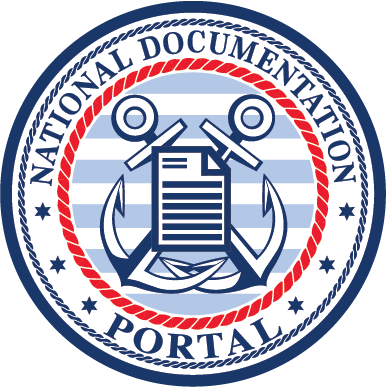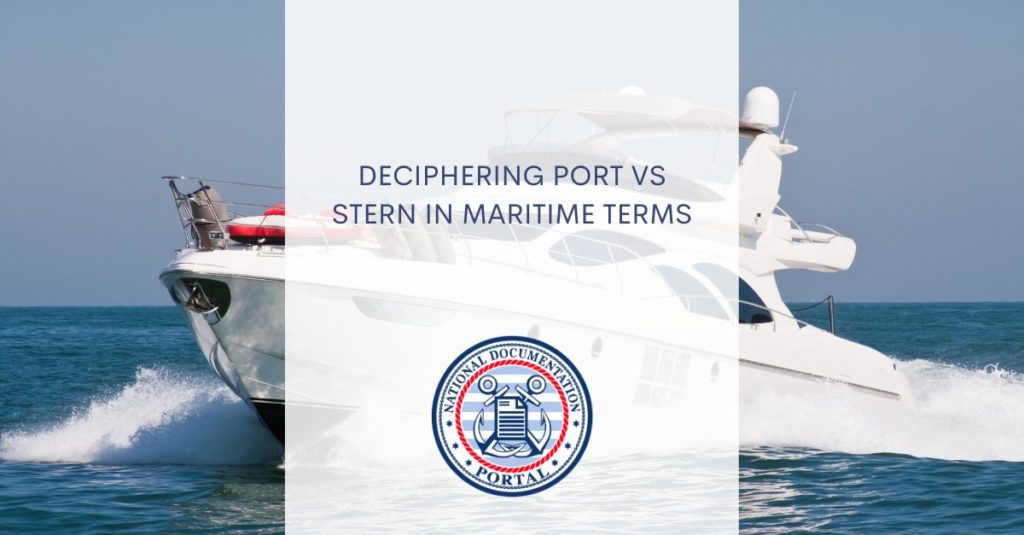In the vast expanse of maritime terminology, deciphering the nuances between different terms is crucial for anyone involved in the maritime industry. One such distinction that often arises is the comparison between port vs stern. In this article, we will unravel the mystery behind these terms and shed light on their significance in the maritime world.
About Port
The term “port” in maritime language refers to the left side of a vessel when facing forward, or towards the bow. To avoid confusion, maritime professionals universally adopt a standardized frame of reference: standing at the stern (rear) of the vessel and facing forward, the port side is on the left. Port is distinguished from starboard, which is the right side of the vessel in the same context.
Understanding the orientation of a vessel is crucial for effective communication among crew members and for safe navigation, especially when giving or receiving instructions, whether in routine operations or emergency situations.
About Stern
On the other hand, the stern of a vessel is its rear or back part. It is the opposite of the bow, which is the front. The stern is a vital point of reference when maneuvering a vessel, as it plays a crucial role in navigation and docking procedures. The orientation of the stern is often a key factor when determining the direction a vessel is moving or the position it should take.
Understanding the concept of the stern is essential for mariners, as it aids in communication-related to navigation, berthing, and general maneuvering of the vessel.
Port vs Stern
Now that we have a clear understanding of “port” and “stern” individually, let’s explore their relationship and why distinguishing between them is crucial in maritime operations.
When giving directions or discussing the orientation of a vessel, specifying whether a point of interest is on the port or stern side provides clarity. For example, instructing a crew member to secure a line on the port side during docking ensures a smooth and coordinated operation. Similarly, when guiding a vessel into a narrow channel, understanding the stern’s position is vital to avoid collisions or grounding.
Practical Applications in Navigation
In real-world navigation scenarios, the distinction between port and stern becomes particularly significant. When charting a course, mariners use these terms to communicate precise instructions. Pilots guiding vessels into ports, captains maneuvering through congested waterways, and crew members coordinating anchoring procedures all rely on a clear understanding of port and stern references.
Furthermore, during emergencies or rescue operations, quickly and accurately conveying the location of potential risks or safe zones on the vessel using these terms can be a matter of life and death.
Educational Initiatives for Maritime Professionals
As a third-party private agency specializing in USCG Documentation processing, Vessel Documentation Online recognizes the importance of educating maritime professionals about these fundamental terms. Offering comprehensive resources and training programs ensures that individuals involved in vessel operations have a solid grasp of maritime terminology, promoting safety and efficiency in their endeavors.
Navigating the Seas of Knowledge
In the vast ocean of maritime language, understanding terms like port vs stern is akin to possessing a reliable compass. The ability to communicate effectively regarding a vessel’s orientation and direction is paramount for the safety and success of maritime operations. Whether you’re a seasoned mariner or a newcomer to the industry, mastering these fundamental concepts is essential for navigating the seas with confidence.
At Vessel Documentation Online, we strive to empower maritime professionals by providing comprehensive information and resources, ensuring that every journey on the high seas is guided by knowledge and expertise.


